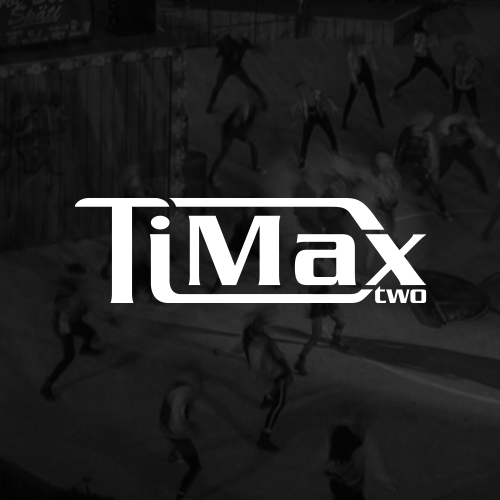HiZ and LoZ: When To Use HiZ-70V, HiZ-100V, and LoZ
Our smart amplifiers give users the ability to customize their HiZ/LoZ settings for each individual amplifier channel.
By visiting the settings page of our UI (gear icon), you can select HiZ-70V, HiZ-100V, or LoZ for each channel.
So, for instance, channel 1 can be set to LoZ, while channel 2 can be set to HiZ-100V.
This gives integrators the flexibility to power a variety of different types of speakers on a single amplifier, instead of having to buy one amplifier for the 70V or 100V zones and another amplifier for the low impedance zones.
But for those who may be new to configuring professional audio systems, these terms might cause some confusion.
Let’s dive into what each setting actually means and when to use them.
THE DIFFERENCES BETWEEN HIZ-70V, HIZ-100V, AND LOZ
HIZ AND LOZ: WHEN TO USE HIZ-70V, HIZ-100V, AND LOZ
Before we get into the specific differences, it’s good to talk about impedance.
Impedance is the resistance to an alternating current in a circuit. You can measure impedance in units called ohms. You’ll definitely see this show up on spec sheets and manuals whenever you’re working with audio products. Ohms are represented by the ohm symbol which looks like this – Ω.
When we’re talking about things like HiZ and LoZ, we’re referring to a specific impedance range.
HiZ is a higher impedance range. LoZ is a lower impedance range.
So, the “Z” in these terms actually represents the word impedance.

In HiZ applications, you won’t have to calculate the actual impedance. You simply add up the wattage of all the speakers tapped on each 70V or 100V Zone. A good rule of thumb to follow is to have 20% of power above the calculated total wattage needed, this will ensure that you have sufficient headroom to achieve high-quality audio, even during high transients in the source material.
For example, if you have a 700-Watt amplifier channel at 70V or 100V, you’ll want to take 700 x 0.8 which equals 560 Watts. If you want to follow the 20% headroom rule, you will only want to tap 560 watts worth of speakers.
In LoZ applications, if you are connecting more than one speaker you will have to do an impedance calculation using ohms law and then also add up the wattage of the speakers. If the impedance isn’t too low and the total wattage of the multiple speakers is below the amplifier’s power rating, then the system should operate properly and safely.
Let’s look at each individually.

HIZ-70V
HIZ AND LOZ: WHEN TO USE HIZ-70V, HIZ-100V, AND LOZ
70V systems are known as constant voltage systems and are most commonly used in commercial audio systems in the United States depending on local regulations and system requirements.
These systems allow for longer cable runs and more speakers per amplifier, and in many instances, smaller gauge cable can be used to save money.
This setting is ideal for commercial buildings, corporate applications, retail, educational, government, and public address systems.
HIZ-100V
HIZ AND LOZ: WHEN TO USE HIZ-70V, HIZ-100V, AND LOZ
100V systems are also constant voltage systems. However, this setting is most commonly used in European countries and other regions outside of the United States. Some systems with this setting may require cables to be run through conduits.
100V systems have the same benefits as a 70V system with a couple of advantages, because of the higher operating voltage the impedance stays high, resulting in lower current, allowing for smaller gauge wire across even longer distances and in some instances the ability to power more speakers.
This setting is ideal for commercial buildings, corporate applications, retail, educational, government, and public address systems.
LOZ
HIZ AND LOZ: WHEN TO USE HIZ-70V, HIZ-100V, AND LOZ
Low Impedance systems, also known as 8Ω systems, are ideal for high-performance applications requiring higher fidelity. These systems are commonly comprised of speaker components that require more power.
LoZ systems require shorter cable runs for optimal performance. In some instances, depending on the power of the speaker and the length of the cable run, a higher gauge cable may be required to account for line loss over the length of the cable run.
This setting is most commonly found in applications such as nightclubs, live performance systems, churches, and restaurants.











